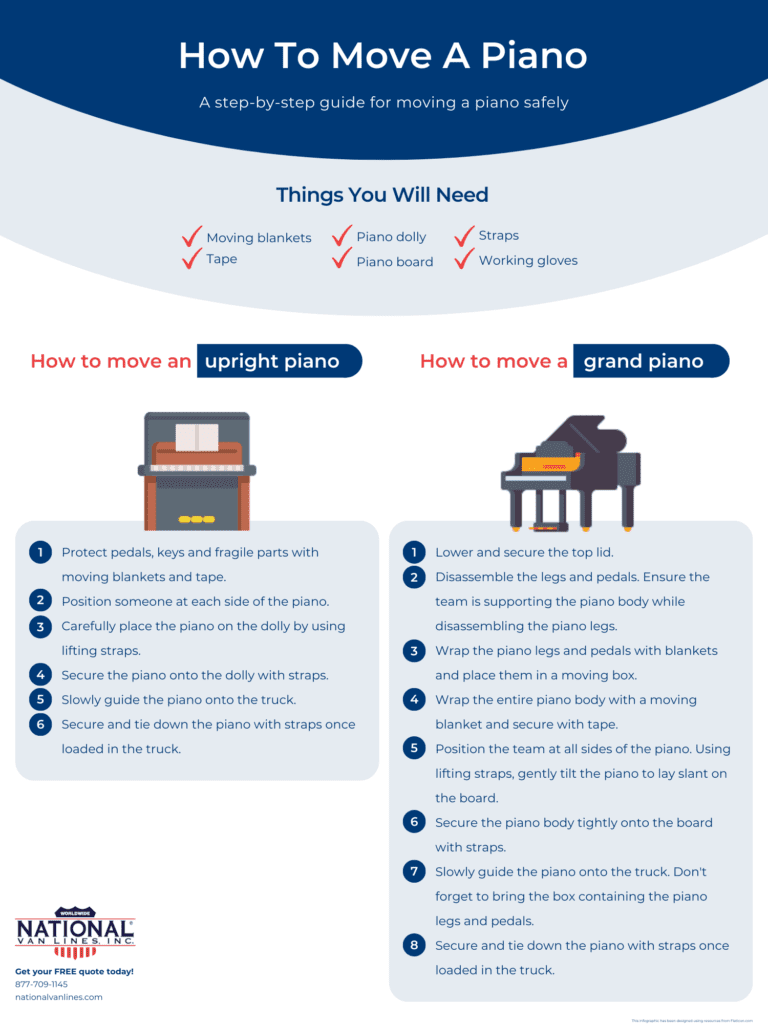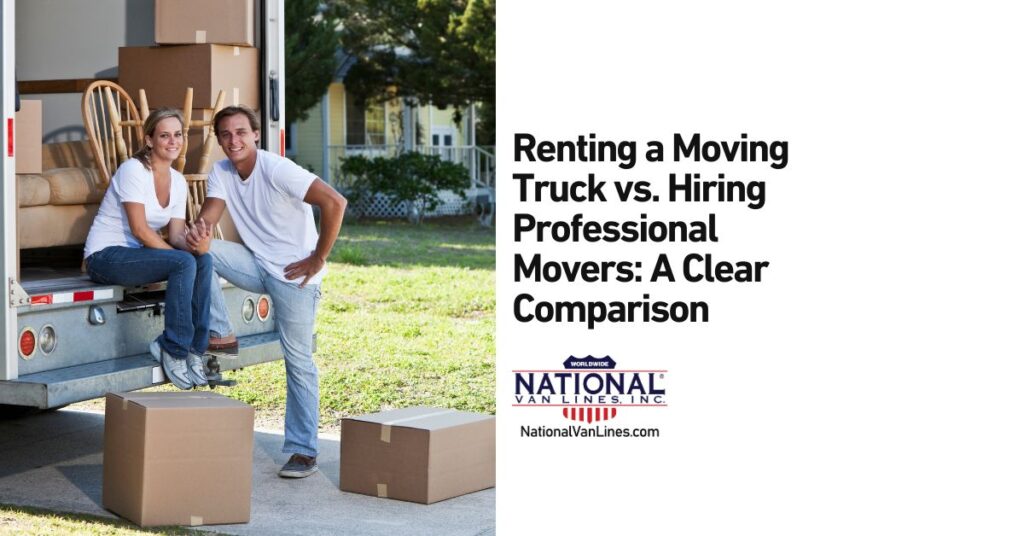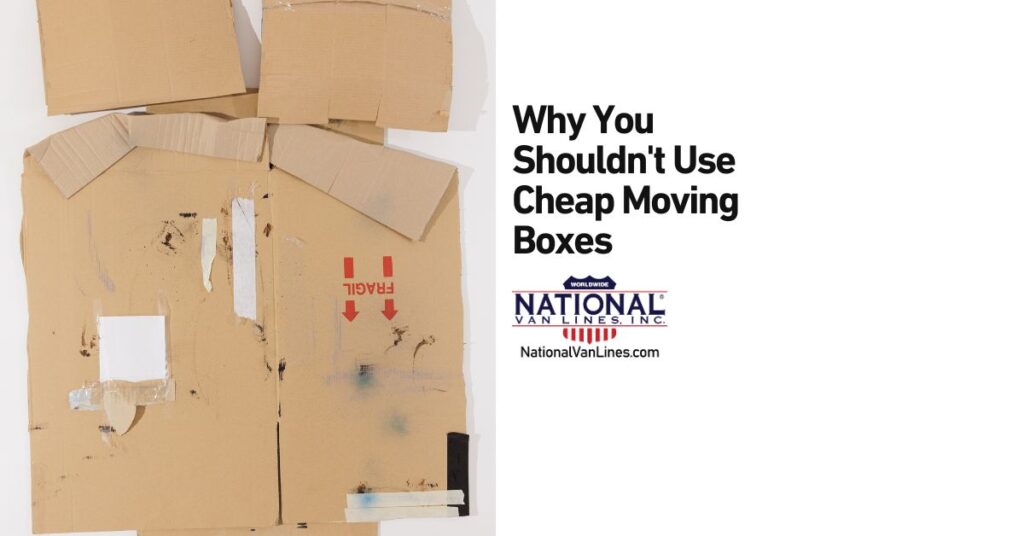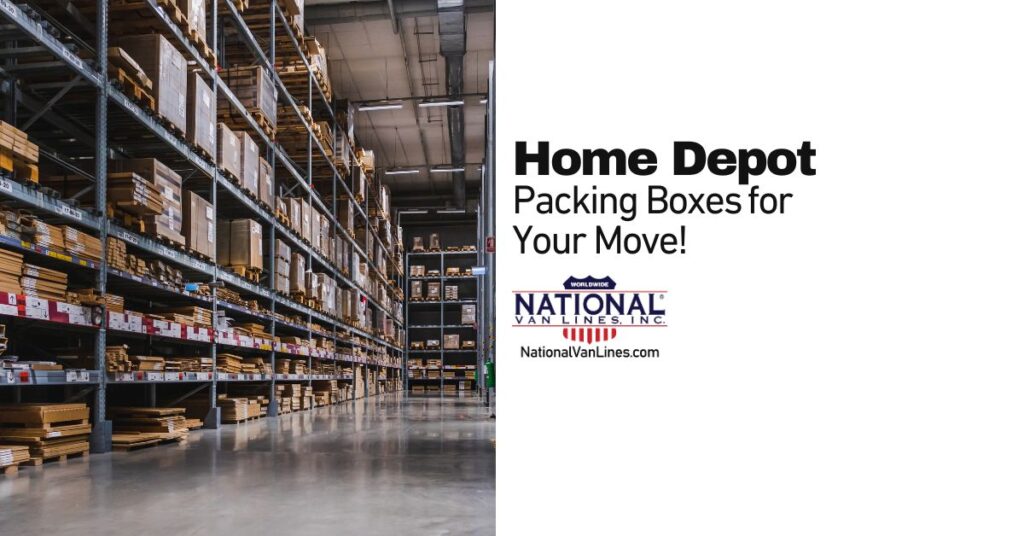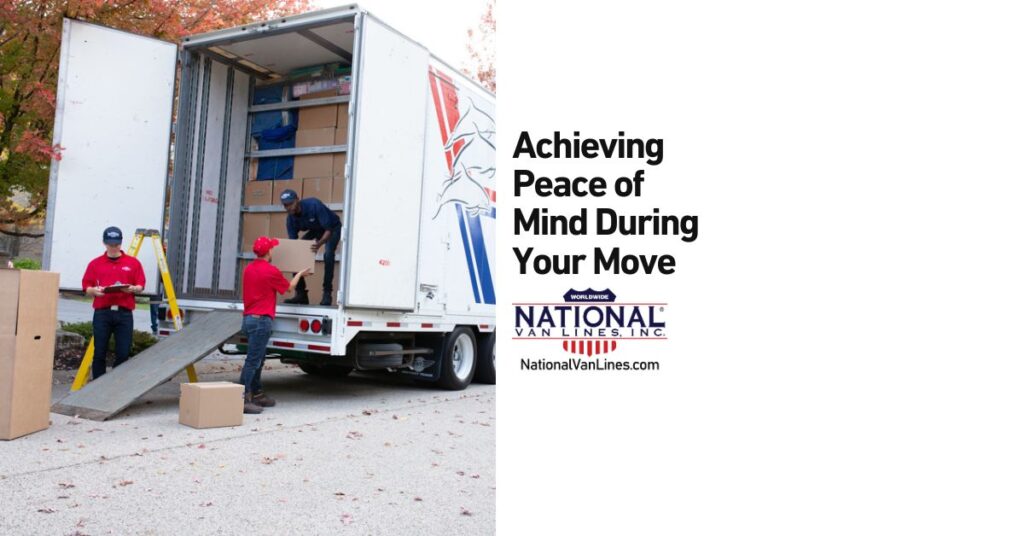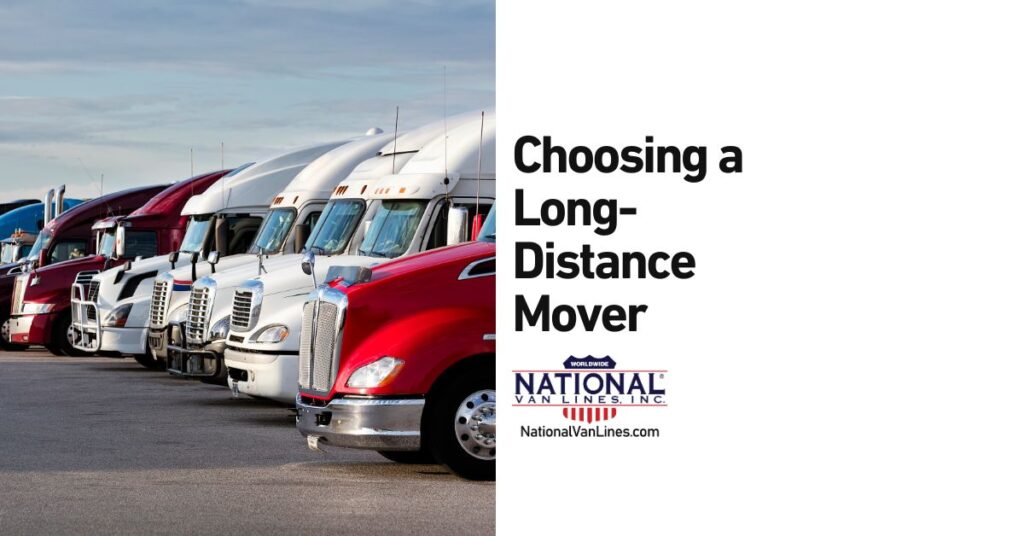
This content has been reviewed by the National Van Lines Team
Anyone who has experienced moving a piano would know that it is not a simple task. Unlike moving most typical pieces of furniture, moving a piano is a tricky and difficult task that requires serious manpower and preparation.
Not only are pianos heavy and come in various sizes and shapes, they are also delicate and complicated instruments; it is common for a piano to have more than 10,000 moving components. For many people, a piano is also the most valuable and expensive piece of furniture that they own.
Given the heavy weight, complicated structure and delicate nature of pianos, we genuinely believe that hiring a professional specialty mover is the best approach. Professional piano movers have the experience and are equipped to ensure your piano is safely relocated without damage.
However, if you are brave enough to tackle the challenge of moving a piano yourself, here is a step-by-step guide to help you move your piano safely with as little hassle as possible. Let National Van Lines be your piano movers.
Step 1: Gather all the appropriate equipment you need
Moving a piano requires certain tools. These are vital to ensure that you can complete the job without damaging your piano. At the very least, the basic equipment that you will need includes a piano dolly, straps and blankets.
- Moving blankets and tape: The blankets will help to protect the walls of your piano from dents and scuffs during the move. Make sure you have enough blanket to cover the entire surface area of your upright piano or grand piano, and sufficient rolls of tape to secure the blankets in place.
- Piano dolly: Dollies have 4 heavy-duty wheels which are used for moving heavy objects and instruments. Once the piano is lifted onto the dolly, moving it along the floor becomes easy. Ensure the dolly you have is capable of withstanding the piano’s weight. Most common upright pianos weigh between 300-500 pounds, baby grand pianos weigh between 500-650 pounds, and grand pianos weigh between 700-1,200 pounds.
- Piano board (also known as piano skid board): If you are moving a grand piano, you will also need a piano board that is in a suitable size for your piano. Piano boards are typically equipped with divots that help fasten the piano’s straps while it is in motion. It provides extra protection as grand pianos are bigger and more complicated to move.
- Straps: Lifting straps and tie down straps will help to secure your piano on to the dolly (and piano board for grand pianos) and moving truck to minimize the piano from jolting and shifting around during the transport.
- Work gloves (one set per mover): Proper working gloves will give you better grip as well as protect your hands.
- Plywood planks: If you need to move your piano upstairs or downstairs, you will need plywood planks to cover the entire length of the staircase to create a temporary ramp. Make sure the planks are of an appropriate size by measuring your staircase before acquiring the planks from the store.
- Moving truck: An obvious but important component of your move is the truck’s capacity. You don’t want to wheel the piano out and only to discover that the truck’s capacity is too small. So, make sure to check the truck that you intend to use can accommodate the size of the piano.
Step 2: Plan your pathway, measure doorways and clear obstacles
Planning the pathway of your move ahead of time is a crucial step to ensure the moving process is as easy and safe as possible. Measure the size of your piano (and piano board if you are going to be using one) and any areas that it will pass through. This includes doorways, hallways, staircases and any other tight spots. Make sure to also examine the floor for any loose boards or uneven steps. Identifying the length, width, and height of these spaces will help you to understand exactly how you will need to maneuver the piano while moving it to avoid damage. If you are concerned about the piano scratching or nicking doors, cover sharp edges and corners with cushioning such as towels and blankets.
You should also measure the new location of where you want to place the piano to ensure it fits. Take your time to carefully decide which room and where exactly in the room you want to place the piano; because once it is placed, it won’t be easy to move it.
Once you have planned the route and decided on the new location for your piano, clear the pathway as much as possible. Reduce the risks of the piano slipping or hitting surrounding objects by clearing furniture and household items in the pathway and keeping the doors open. Check the floor for small objects to prevent trip hazards and avoid the dolly wheels from clogging.
Step 3: Schedule a moving day and time, and arrange for pet and child care
There are some extra things to consider when selecting a day and time to move a piano. Due to the delicate nature of pianos, any slight change in movement and temperature will almost inevitably cause its inner parts to shift and detune. However, you can minimize this effect by scheduling for the relocation to take place as late or as early in the day as possible. During the morning and evening, temperatures are much lower, which means the moving truck won’t be as humid. If possible, you should also avoid moving the piano on a rainy day. Although the piano will be wrapped and protected, moving it on a fine day will reduce the risk of any water damage to the piano.
It is also important to keep children and pets out of the way during the move to prevent any potential injury to them or damages to the piano. If you have children, consider arranging childcare or a play date at another location. For pets, place them in a crate or another room before you start moving the piano.
Step 4: Gather your team of helpers
Moving a piano requires at least four people. You will need at least two people to hold each side of the piano and one person to wheel the dolly. The fourth person can come in handy to provide extra support for any of the three people, making the moving process safer and easier. It is best to ask for help from family and friends who are relatively fit and have experience with lifting heavy objects. Make sure to ask them to wear suitable clothing and sturdy shoes with good traction, and provide them with gloves for better grip.
This is another reason why it is often best to hire a professional moving company who will ensure there are enough people that are experienced with moving heavy and delicate items, as well as guarantee the safe moving and transportation of your piano.
Step 5: Time to move the piano
If you have completed all the preparation and steps above, you are now ready to move the piano. Moving an upright piano and grand piano requires different methods.
How to move an upright piano
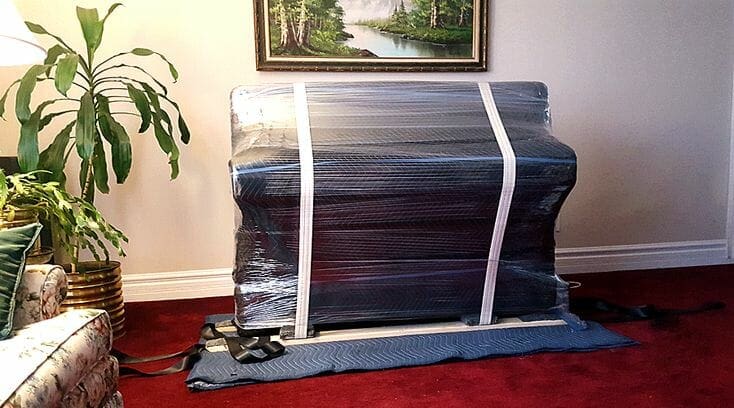
- Close the fallboard (the lid that covers the keys) and lid on top of the piano. Secure them close with tape.
- Wrap the petals with blankets and secure them with tape.
- Next, drape moving blankets over the piano and secure it with tape also. Ensure all four sides of the piano are covered. For extra protection, secure the blankets with moving straps.
- Get your team ready to lift the piano. Position one person at each end of the piano to lift the piano using lifting straps. The third person can then slide the dolly underneath the piano.
- Once the piano is safely sitting on the dolly, slowly guide it through to the moving truck. Take extra care and time to maneuver through doorways, corners and uneven steps.
- Use straps to secure and tie down the piano in the truck.
- At the destination, position one or more people in front of the piano for better control when unloading and rolling it down the ramp.
How to move a grand piano
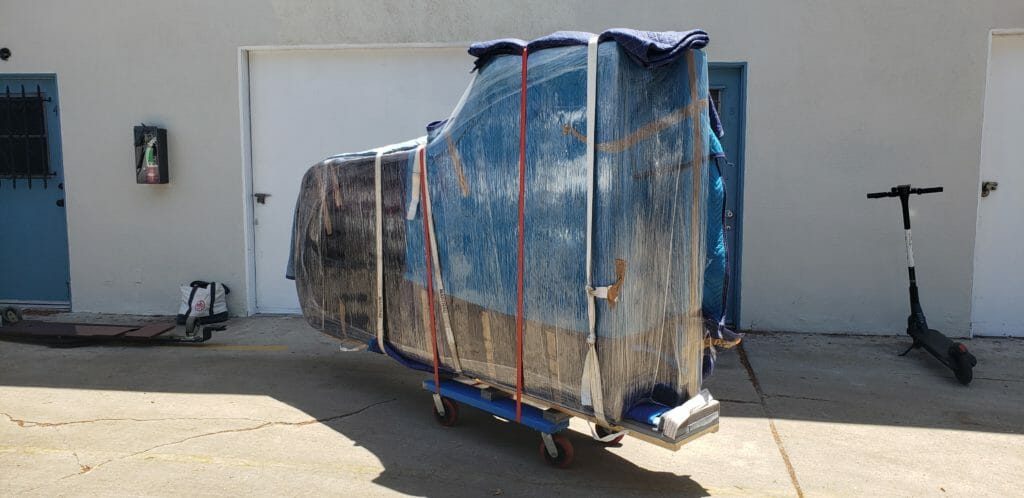
- Lower the top lid and fallboard, and secure it down with tape.
- Disassemble the grand piano’s legs and pedals with a screwdriver. Make sure your team is positioned on each side to support the grand piano’s body to prevent it from falling during this step.
- Wrap the dismantled legs and pedals in blankets and put screws into a bag. Place all parts into a moving box.
- Wrap and cover the entire grand piano body with moving blankets. Put tape around it several times to ensure the blankets stay in place.
- Get your team ready to lift the piano. Position one or more people (depending on the grand piano’s weight) on each side of the piano. Using lifting straps, slowly and simultaneously tilt the grand piano back, and slide the piano board underneath it. Make sure it is securely sitting on the board.
- Slowly and carefully guide the grand piano to the moving truck with someone on each side of the piano.
- Use straps to secure and tie down the piano in the truck.
- At the destination, position one or more people in front of the piano for better control when unloading and rolling it down the ramp.
- Reassemble the piano’s legs and pedals with a screwdriver.
Step 6: Clean and retune your piano after the move
Once your piano is at its new location there are several things you should do to revive it back to a top condition. Use a soft cloth to wipe off dust and lint that may have settled on the exterior and to prevent it from getting into the inner workings of the piano. If you need to clean the interior of the piano, be extra cautious as there are many delicate parts inside the piano – consider hiring professional piano cleaning service.
Retuning the piano after it has been relocated is also a must-do. Regardless if the piano was moved just across the room, to another room in the house, a new house or out of storage, the slightest movement and change in temperature can cause the piano to go out of tune. Retuning helps to ensure that the sound and piano keys that have been affected are returned to normalcy. Professionals tend to differ on the ideal time to retune, but most experts recommend waiting at least a month before tuning a newly moved piano. This provides sufficient time for the piano to settle and acclimate to its new environment and adjust to the humidity level.
Hire a professional piano mover
As you may now realize, moving a piano is a tough task. If you’re unsure whether you would be capable of moving a piano by yourself (with help from some friends, of course), we highly recommend hiring a professional piano mover. National Van Lines offers specialty moving services and we have a great team who are experienced with moving pianos. Not only will hiring a professional mover ensure your piano is moved safely, it will also greatly prevent potential injuries to yourself and provide you with a hassle-free experience. Choosing professional


